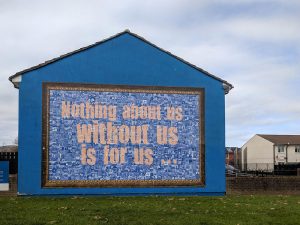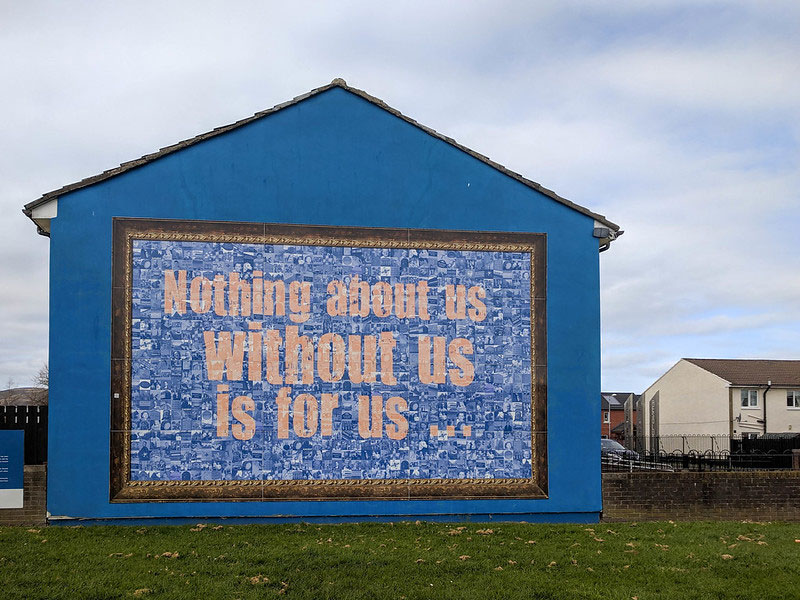I was talking with a newly installed executive director the other day who was bemoaning the fact that the board of his decades old organization had failed to acknowledge some core trends in the organization’s own work that led to a narrowing of its focus. This eventually ended up in this influential group serving primarily middle class, white communities. The problem is that the organization is built around a justice/economic access mission.
The staff leadership had first been very charismatic and then later focused on the organization’s survival. The fact that the organization’s continued existence was in effect carved out of an increasingly exclusionary model of service was missed. Questions about where any real impact was occurring mostly didn’t rise to the surface – and even when they did, they didn’t stay there. This neglect created a kind of slow implosion that has left the organization a mere shell of what it could and should be just as rich resource streams are beginning to be made available. This is a problem of inadequate governance.
There are a million stories like this. Each one has its own quirks but many share some pitiful commonalities as well, pitiful because we should have been collectively learning from our governance experiences and moving on to more effective models.
Devising good systems of governance entails facing some unique challenges in the nonprofit sector and we haven’t been asking the right questions about it. Does the board actually represent a specific group of stakeholders? Who “owns” them and how do those owners hold them responsible? Is the board having the right level of discussion, framed the right way about the right issues at the right time?
Sign up for our free newsletters
Subscribe to NPQ's newsletters to have our top stories delivered directly to your inbox.
By signing up, you agree to our privacy policy and terms of use, and to receive messages from NPQ and our partners.
Nonprofit leaders have a multitude of questions about the way that boards should function and where various aspects of governance actually do and should reside in the partnership between board, staff and stakeholders. That is why the Nonprofit Quarterly spends so much time on the topic. Now we’d like to ask you into the conversation as a very active participant by inviting you to a conference.
“Boards and Beyond” co-sponsored by the Midwest Center for Nonprofit Leadership and the Nonprofit Quarterly, is designed to surface and answer critical questions on governance of nonprofits. It will bring together some of the leading thinkers and researchers on nonprofit governance as well as nonprofit and community leaders for two days of discussion and dialogue mixed with presentations on the latest in governance research! There are only 150 places at the conference so if you are interested, sign up today!
Meanwhile, we attach a wonderful article on board design recently developed by David Renz, one of the leading lights at the Midwest Center. This was published in the Winter 2004 issue of the Nonprofit Quarterly.
http://www.dev-npq-site.pantheonsite.io/section/655.html













